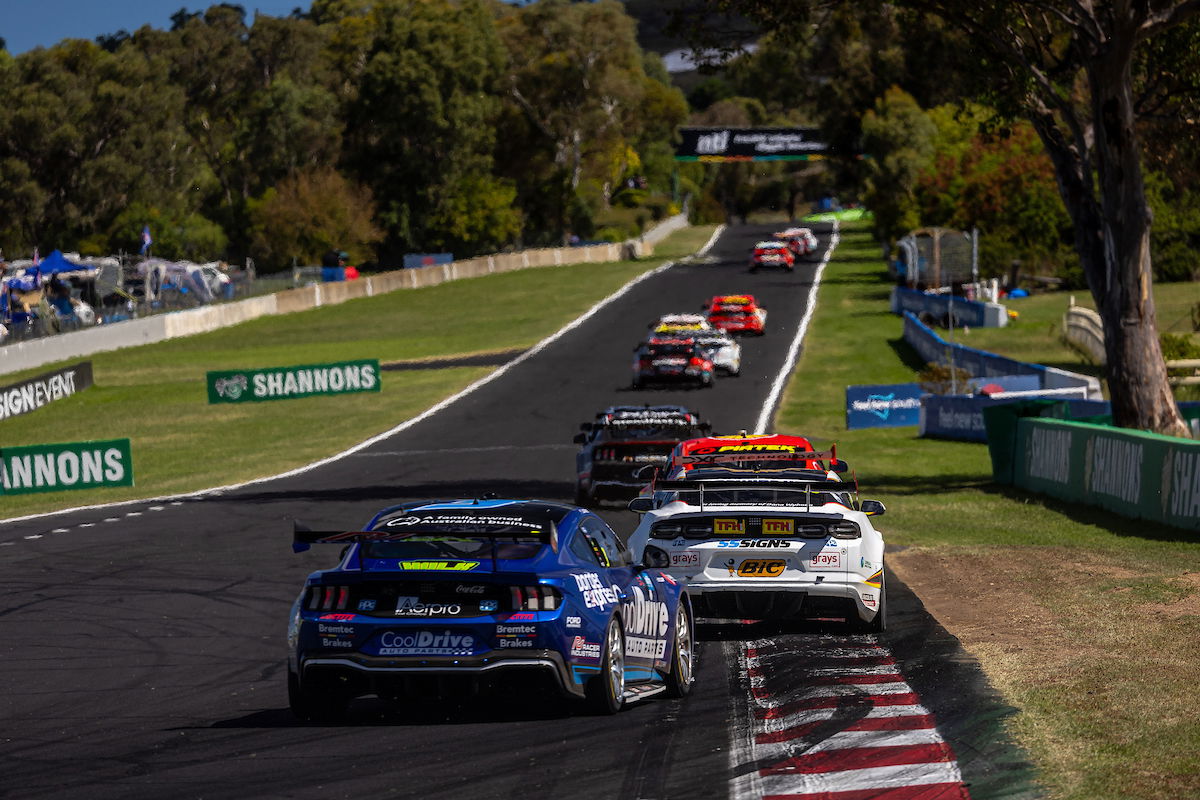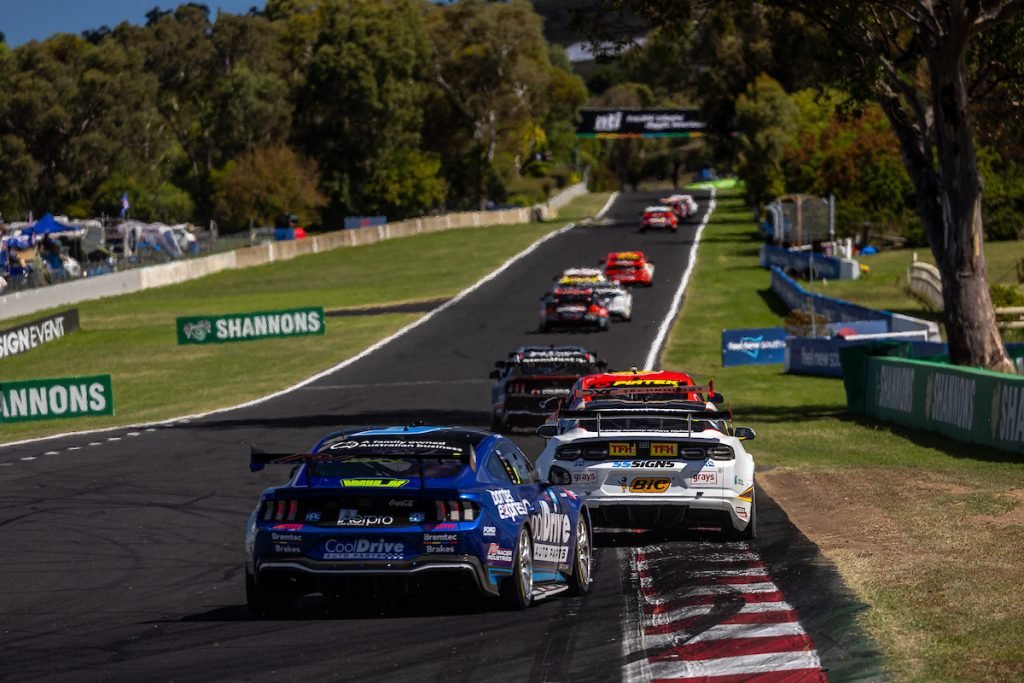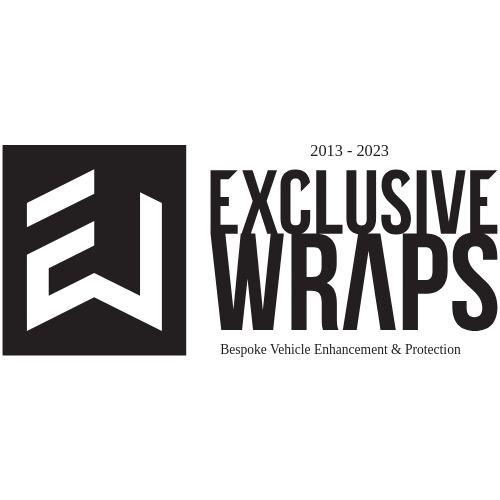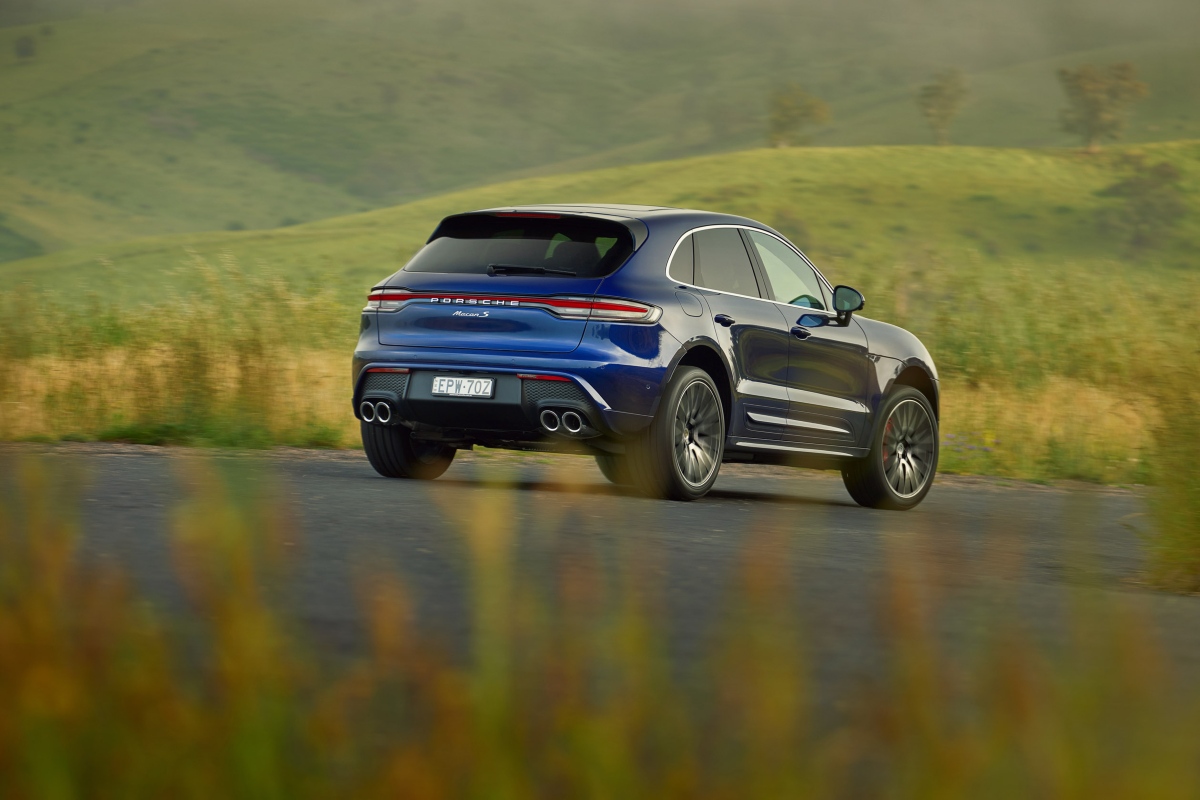

The initiative was announced at this week’s World Motor Sport Council meeting, with the guidelines set to take effect from 2025, through Appendix L of the ISC.
They have been developed by the FIA Drivers’ Committee in partnership with the FIA’s Circuit Commission and Safety Department following consultation with drivers, officials, and stewards – including, Speedcafe understands, Motorsport Australia race directors and driving standards advisors.
While the guidelines are yet to be released, it is expected that they will pertain to mostly baseline, procedural aspects of driving standards, given the breadth of their application “from grassroots to World Championship competitions” and across a global set of categories including open-wheels and touring cars.
According to the FIA, the guidelines document “covers a number of key topics, from driving standards to defending and overtaking manoeuvres, track limits, yellow flags, driver advisors and safety car re-start procedures.”
An example of Supercars moving towards standardisation with global norms was seen in the form of new restart rules which took effect at last weekend’s Mount Panorama season-opener, allowing weaving after the Safety Car lights have been extinguished.
Previously, Rule D10.2.10.2 stated (per the 2023 Operations Manual), “The practice of aggressively accelerating and/or braking and/or moving either left or right is prohibited.”
That change is expected to filter down to other national championship/series in Australia in the relatively near future.
Ronan Morgan, President of the Drivers’ Committee, said of the guidelines, “As the governing body of international motorsport, the FIA is responsible for a wide variety of circuit racing championships around the world.
“Consistently policing them all can therefore be a complicated task.
“The objective behind these new Driving Standards Guidelines is to streamline and standardise the protocols in those championships, by forming the basis for decisions made by event officials.
“We want to incentivise overtaking while clamping down on dangerous defending and minimise any ‘grey areas’ that may previously have caused confusion.
“The guidelines similarly stress the importance of strictness in applying the rules in the lower formulae in particular – something that we believe is essential when it comes to junior driver development and safeguarding the future of our sport.”
As it stands, the guidelines remain in draft form for 2024, and are set to take effect from January 1 next year.
Meanwhile, the FIA Circuit Commission has decided to impose minimum timeframes for final inspections of non-permanent circuits.
According to the WMSC’s announcement, “The World Council has approved a proposal to introduce a minimum time period of 24 hours between the final inspection and first competitive track activity to ensure the circuit is ready on time.
“All non-permanent circuits must therefore be presented for a final inspection 48 hours prior to the proposed start date of first competitive track activity of the first international competition, and subsequently 24 hours prior to the first competitive track activity of any international competition, unless agreed otherwise by the FIA.”
Given existing protocols in Australia, that change is not expected to have any local impact, although it would address international cases where competition has been delayed due to late circuit builds and/or inspections.





















Discussion about this post